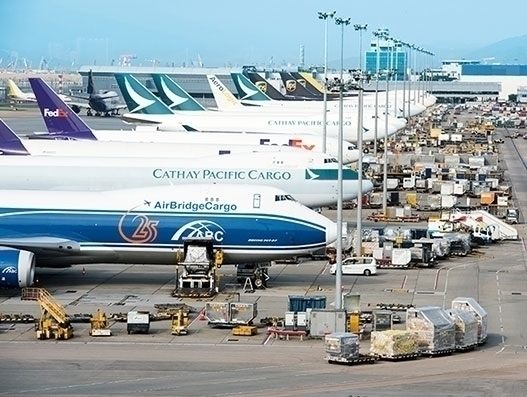
September cargo traffic declines for Hong Kong Airport due to Typhoon Mangkhut
Oct 16, 2018: Hong Kong International Airport (HKIA) has recently released passenger and cargo traffic figures for the month of September. As Typhoon Mangkhut lashed Hong Kong in mid-September, the airport cites the weather conditions as one of the reasons for the slight decline in traffic in the above mentioned categories. Typhoon Mangkhut resulted in […]

Oct 16, 2018: Hong Kong International Airport (HKIA) has recently released passenger and cargo traffic figures for the month of September.
As Typhoon Mangkhut lashed Hong Kong in mid-September, the airport cites the weather conditions as one of the reasons for the slight decline in traffic in the above mentioned categories. Typhoon Mangkhut resulted in no flight movement for more than 20 hours for the airport.
While passenger volume decreased by 0.3 percent year on year to 5.6 million, cargo and airmail throughput was 431,000 tonnes, a drop of 1.4 percent compared to the same month last year.
“Although Hong Kong resident travel and visitor traffic to Hong Kong as destination saw 4 percent and 1 percent growth respectively, the decrease in transfer/ transit traffic led to an overall decrease in the passenger traffic in September compared with the same month last year. Overall passenger traffic to and from Japan and Southeast Asia experienced the most significant drop as a result of the typhoon,” stated the airport in its official release.
The reduction in cargo throughput was mainly attributed to a 4 percent decrease in exports. Transshipments continued to be the relatively stronger cargo category, achieving during the month a 3 percent year-on-year growth. Amongst the key trading regions, traffic to and from Europe and Japan declined most significantly.
Over the first nine months of 2018, HKIA handled 56 million passengers and 3.75 million tonnes of cargo and airmail, representing year-on-year increases of 3 percent and 2.6 percent, respectively.

